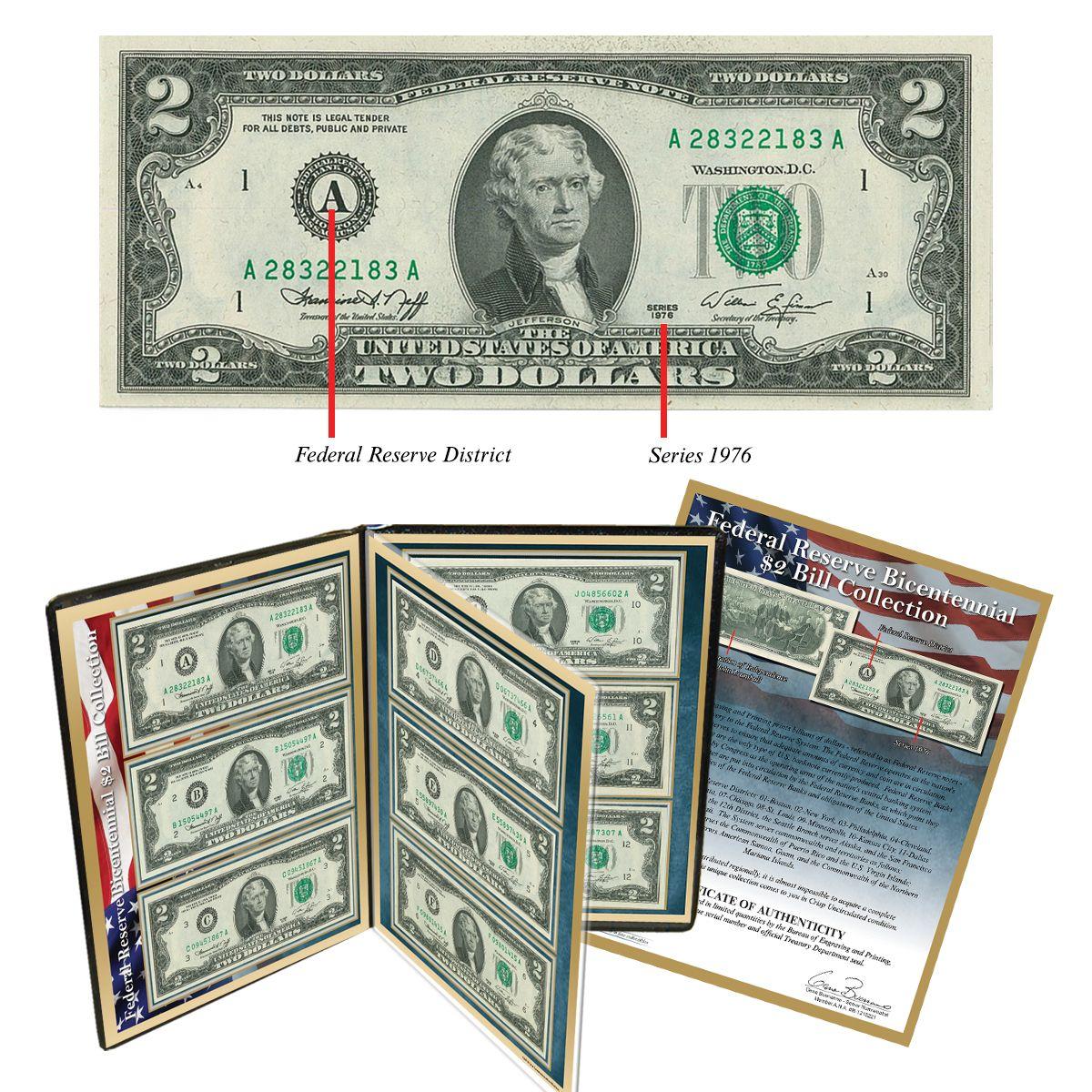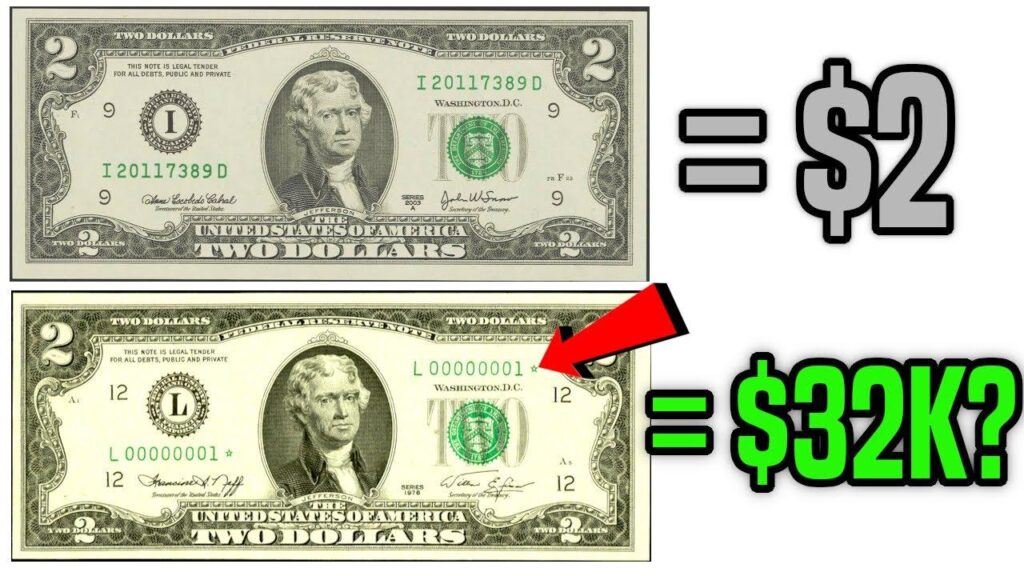Tucked away in dusty wallets and forgotten drawers, the humble $2 bill might be more than just an overlooked piece of currency. What if that seemingly unremarkable note sitting in your sock drawer could be a hidden treasure, potentially worth far more than its face value? From rare printings to unique serial numbers, some $2 bills have sparked the interest of collectors and numismatists, transforming an ordinary banknote into a potential windfall. In this intriguing exploration, we’ll dive into the fascinating world of valuable $2 bills, uncovering the secrets that could turn your casual cash into a remarkable financial surprise. If you’ve got a dusty drawer or an old shoebox stuffed with forgotten currency, you might be sitting on a surprising treasure trove. Those seemingly ordinary $2 bills tucked away could potentially fetch thousands of dollars from collectors eager to add rare specimens to their numismatic collections.
Not all $2 bills are created equal. Certain characteristics transform these unassuming banknotes into valuable collectibles. Vintage bills from specific years, unique printing errors, and exceptional preservation conditions dramatically increase their market value.
Collectors and currency enthusiasts hunt for specific series and serial numbers. Bills printed before 1976 are particularly sought after, especially those with red or blue seals. Rare editions like the 1862 Alexander Hamilton $2 bill can command prices upwards of $10,000, depending on their condition and historical significance.
Serial numbers play a crucial role in determining value. Low serial numbers, repeating digits, or sequential patterns can exponentially increase a bill’s worth. Collectors meticulously examine these details, turning what appears to be ordinary currency into potential investment opportunities.
Some specific series are exceptionally rare. The 1890 Treasury Note, featuring Civil War-era financial official William Windom, can sell for astronomical prices. Collectors have paid over $100,000 for pristine examples, transforming these small pieces of paper into genuine financial artifacts.
Condition is paramount in determining value. Crisp, uncirculated bills with minimal wear and tear fetch significantly higher prices. Collectors use precise grading scales to evaluate currency, considering factors like fold marks, color integrity, and overall preservation.
Authentication is critical in this niche market. Professional grading services like Professional Coin Grading Service (PCGS) and Paper Money Guaranty (PMG) provide expert evaluations, helping collectors and sellers understand true market value.
Online marketplaces and specialized auction houses have revolutionized currency trading. Websites like eBay and dedicated numismatic platforms connect sellers with passionate collectors worldwide, creating unprecedented opportunities to monetize rare currency.
Before dismissing those $2 bills as mere pocket change, take a moment to examine them closely. Check printing dates, inspect serial numbers, and assess overall condition. What might seem like an insignificant piece of paper could potentially represent a significant financial windfall.
Remember, not every $2 bill will be worth thousands. However, the thrill of discovery and potential unexpected value makes exploring your currency collection an exciting endeavor. So dig through those old wallets, rummage in forgotten drawers, and start your own treasure hunt.
